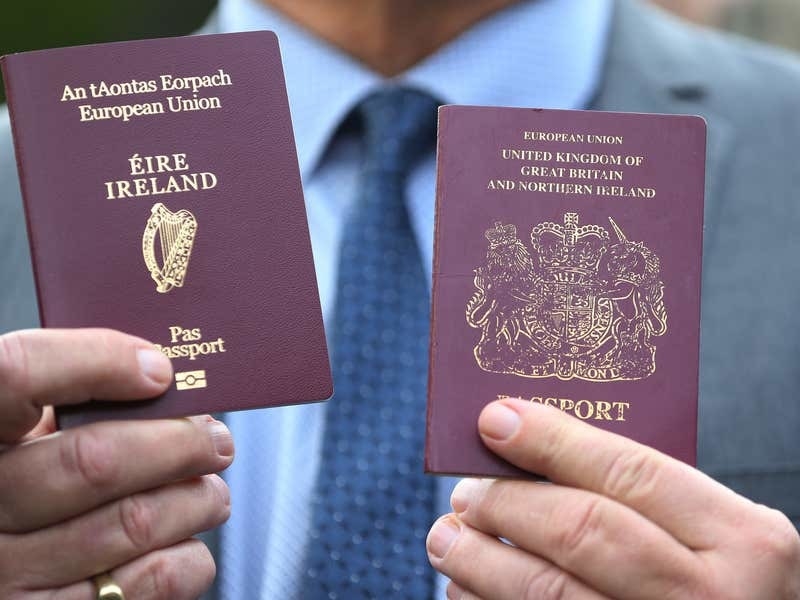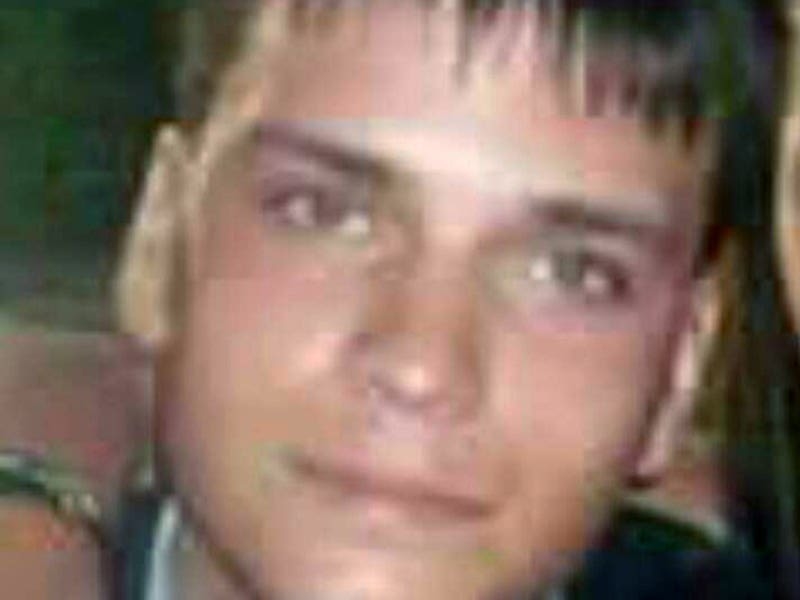Former Les Quennevais School student Marianna Amy (28) has today described the scenes of devastation in the country, where wildfires are estimated to have killed 500 million animals and injured countless others.
Ms Amy, who lives ten miles from the Green Wattle Creek fire in New South Wales, has been bottle feeding orphaned kittens. At 348,000 acres, the Green Wattle Creek blaze is the size of about 230,000 football pitches.
‘Marsupials such as wallabies and koalas are regularly found inside the pouch of their deceased parent and require care for months before they are able to be released. I have been bottle feeding stray orphan kittens that have been brought into the clinic by members of the public,’ said the veterinary nurse, who worked on Christmas Day to deal with animals needing care.
‘Everyone is struggling, mainly with smoke and heat. I am very sad for my friends near and far that have had to evacuate their homes. It is heartbreaking to think about animals such as koalas and wallabies being burnt alive. Fires are merging into mega fires with such little rainfall.
‘I live 15km away from the Green Wattle Creek fire. It’s very worrying for everyone around here. There is black ash and burnt leaves scattered everywhere.’
Ms Amy works for Veterinary South West Sydney and, typically, injured wild animals would be treated by the firm’s Avian, Reptile and Exotic Pet Hospital. But that facility closed in mid-December due to its proximity to the flames. Instead, domestic animal surgeries are taking on the burden.
Once cared for by experts, many wild animals are then taken on by WIRES – Wildlife Information Rescue and Education Service – Australia’s largest wildlife rescue organisation.

Every year WIRES train hundreds of new volunteers in wildlife rescue and care.
Ms Amy added: ‘There are countless volunteers working hard to keep us and our wildlife safe. Australia was the hottest place on earth one day last week according to the Bureau of Meteorology. Parts of Australia affected by the fires have experienced gusts of winds over 100km. The conditions are just awful.
‘Injured wildlife can really benefit from donations, as, sadly, unlike humans, wildlife cannot just evacuate. Despite WIRES being Australia’s largest wildlife rescue organisation, it receives no ongoing funding from the government despite being called to assist more than 83,000 animals a year. In December alone there were over 20,000 calls to WIRES, a 14% increase on last year, and volunteers attended over 3,300 rescues.
‘My heart goes out to the elderly and families with children also.’
The fires have been burning since September and have intensified over the past week, with numerous towns evacuated. So far, 20 people have killed – including three volunteer firefighters – and about six million hectares (60,000 sq km or 14.8 million acres) of bush, forest and parks have been burned.
Ms Amy, who moved to Australia in 2015, added: ‘The koala in the photo required a bandage change under general anaesthesia. It had significant burns to all four of its pads and it must have been excruciating to walk on burning soil. It was also suffering with a respiratory infection, exacerbated by the smoke.
‘The wildlife is mainly struggling with heat distress, dehydration, malnutrition and burns. Birds are mainly brought in by members of the public, along with reptiles. It is also quite devastating the amount of malnourished birds that have been brought in due to lack of food and water.’
lTo donate to WIRES, visit wires.org.au






